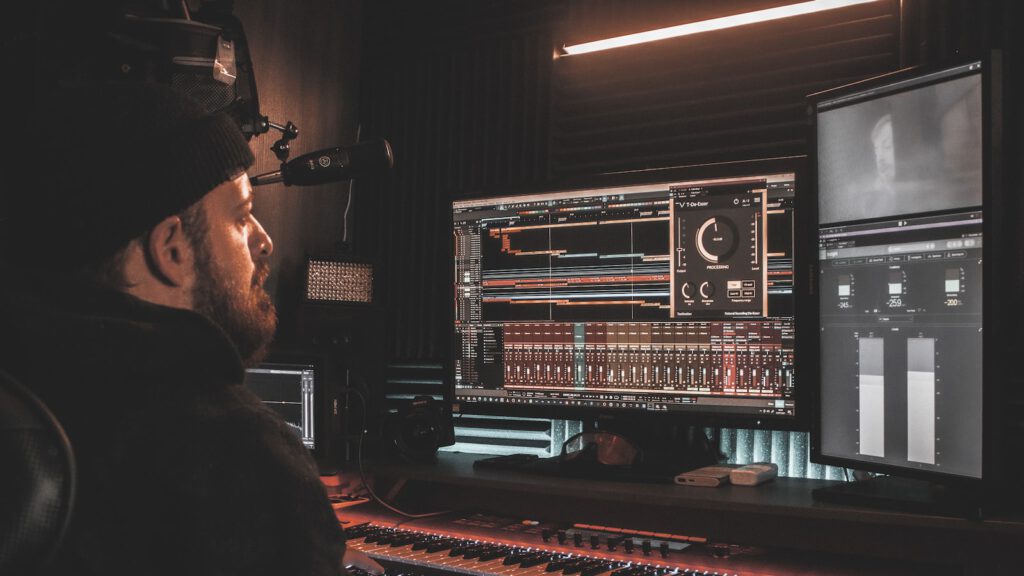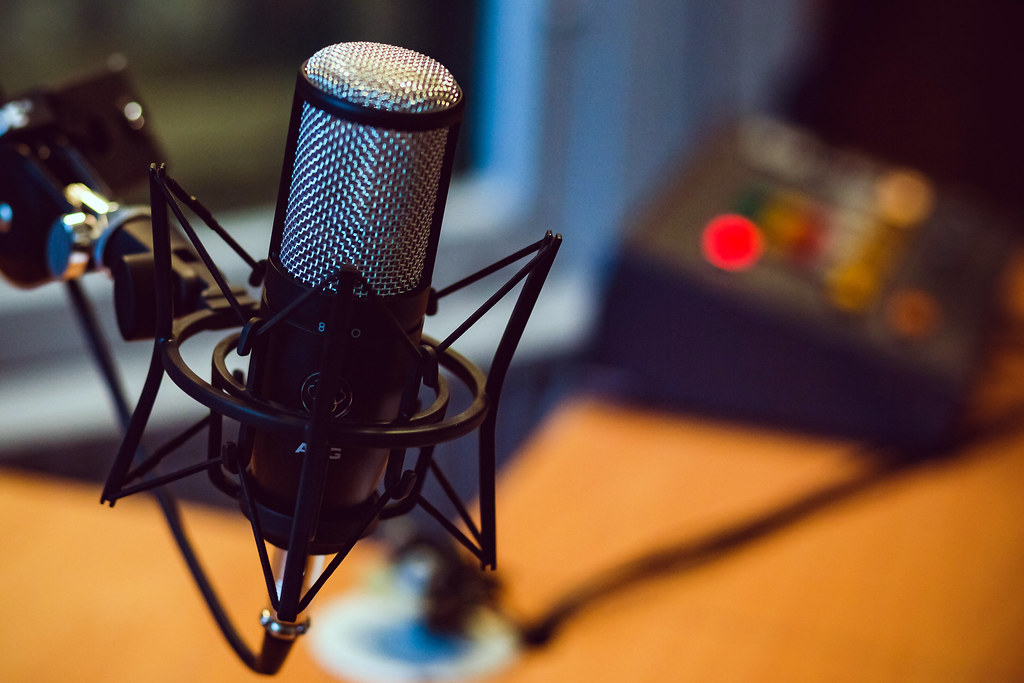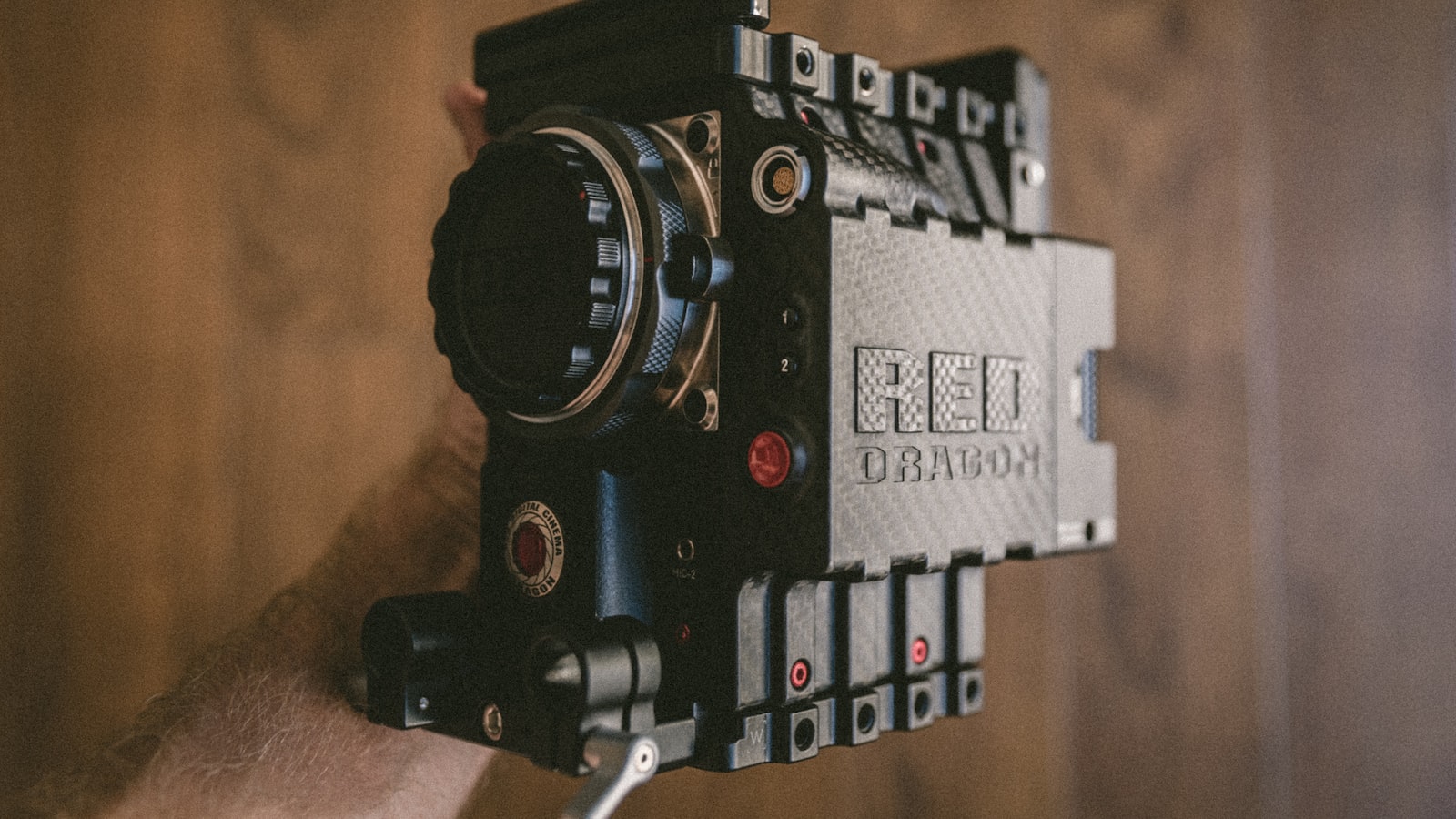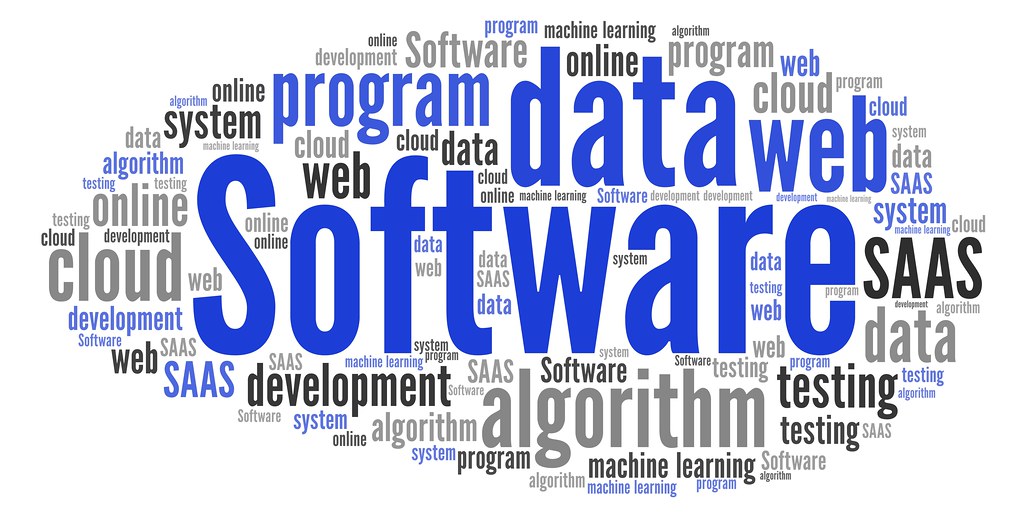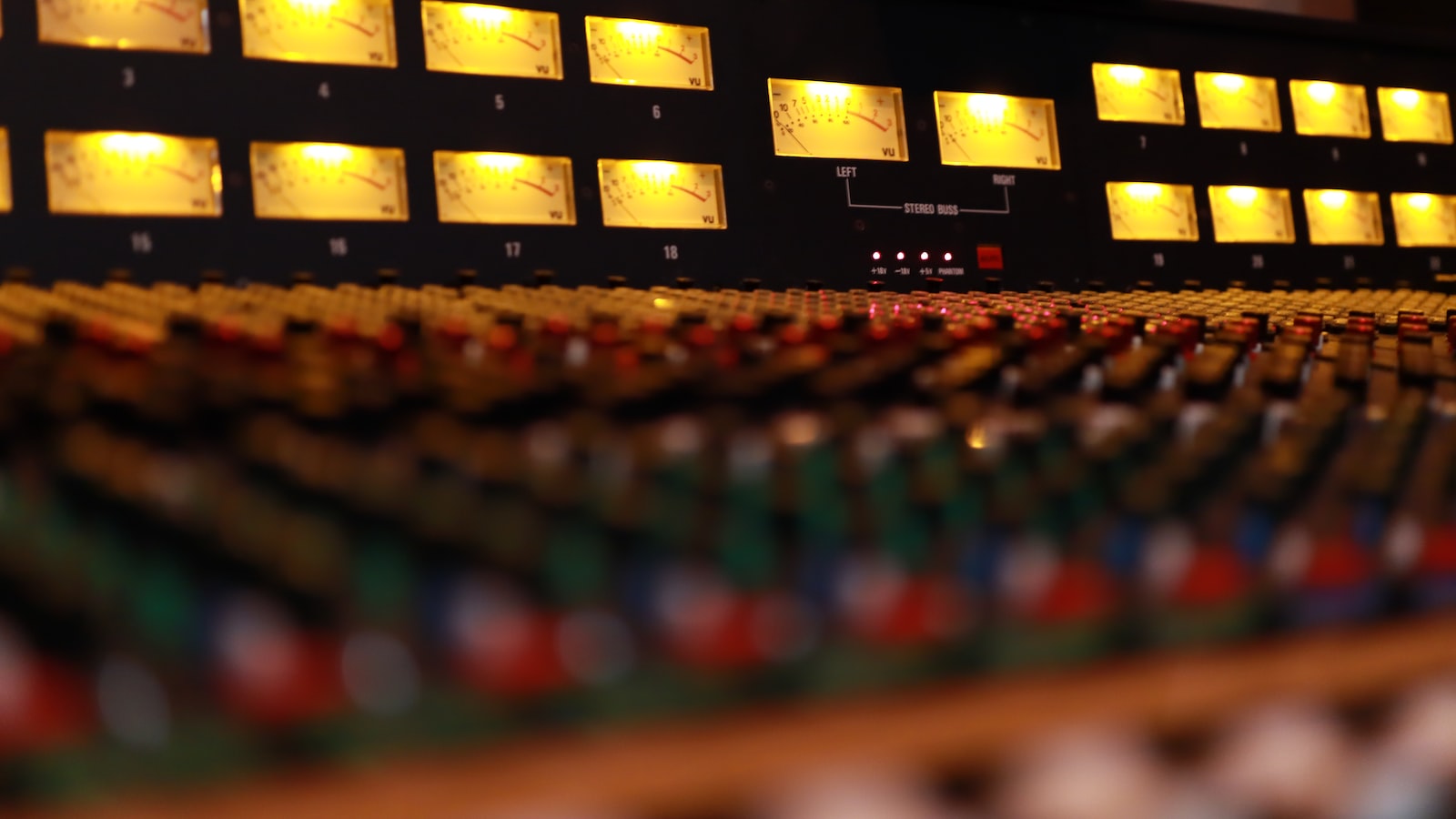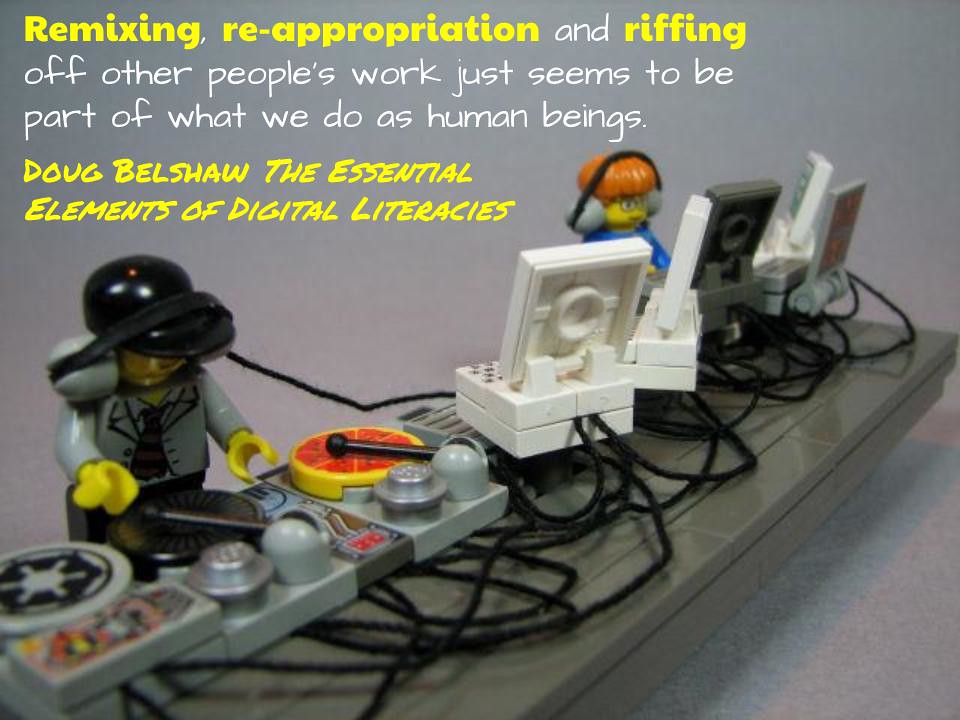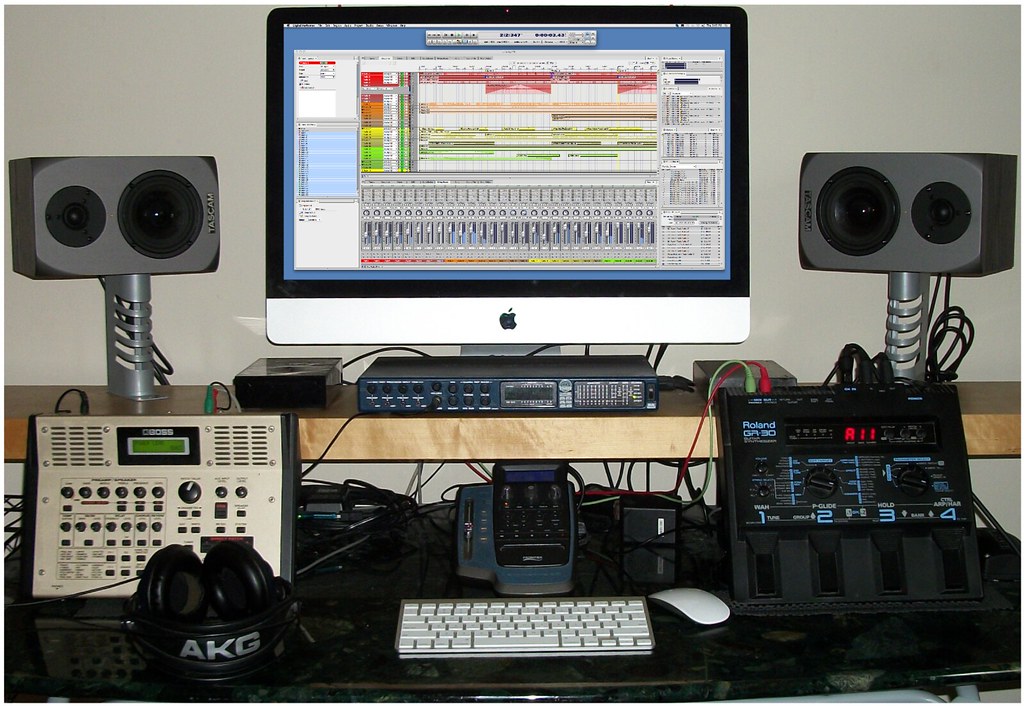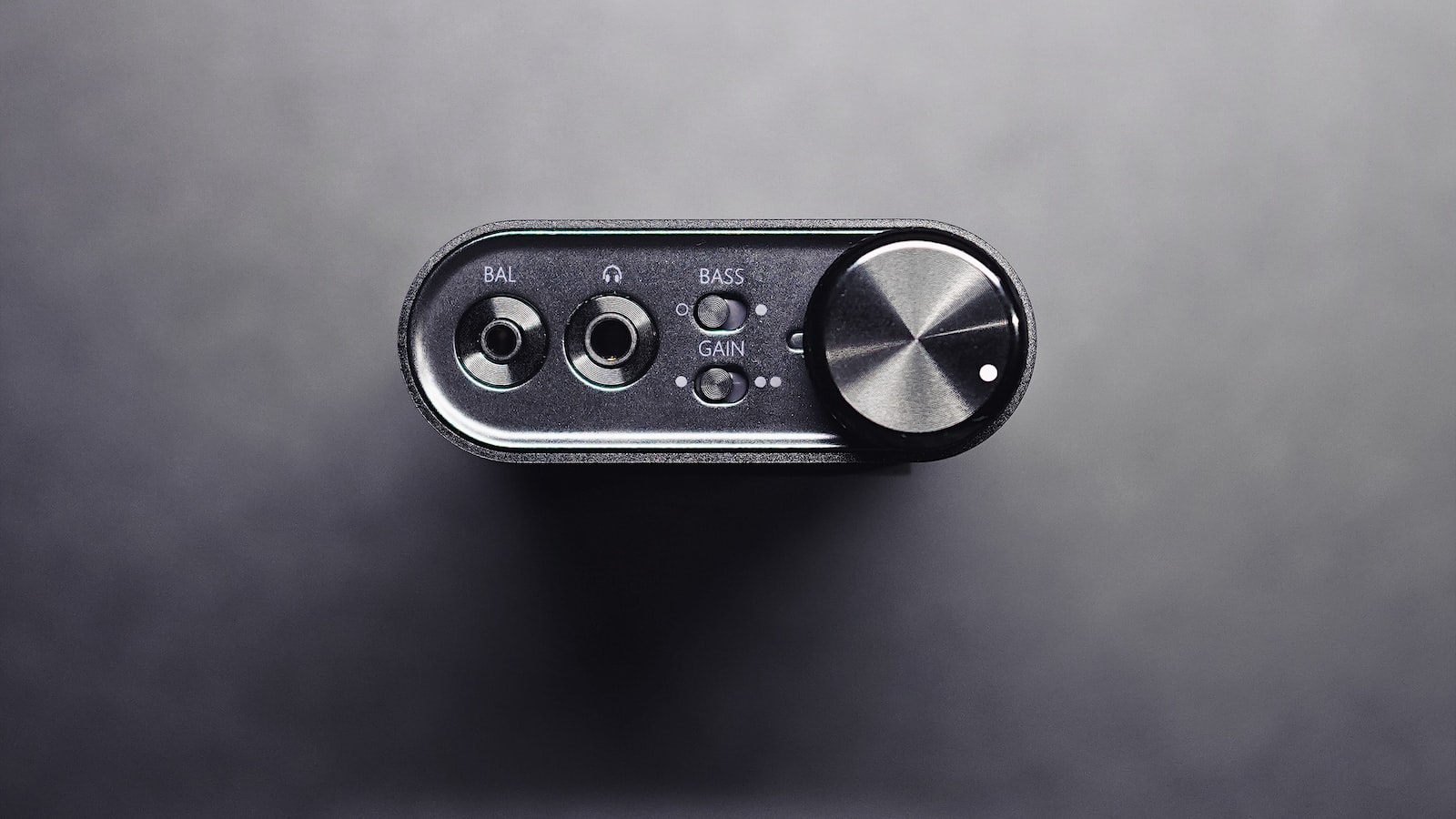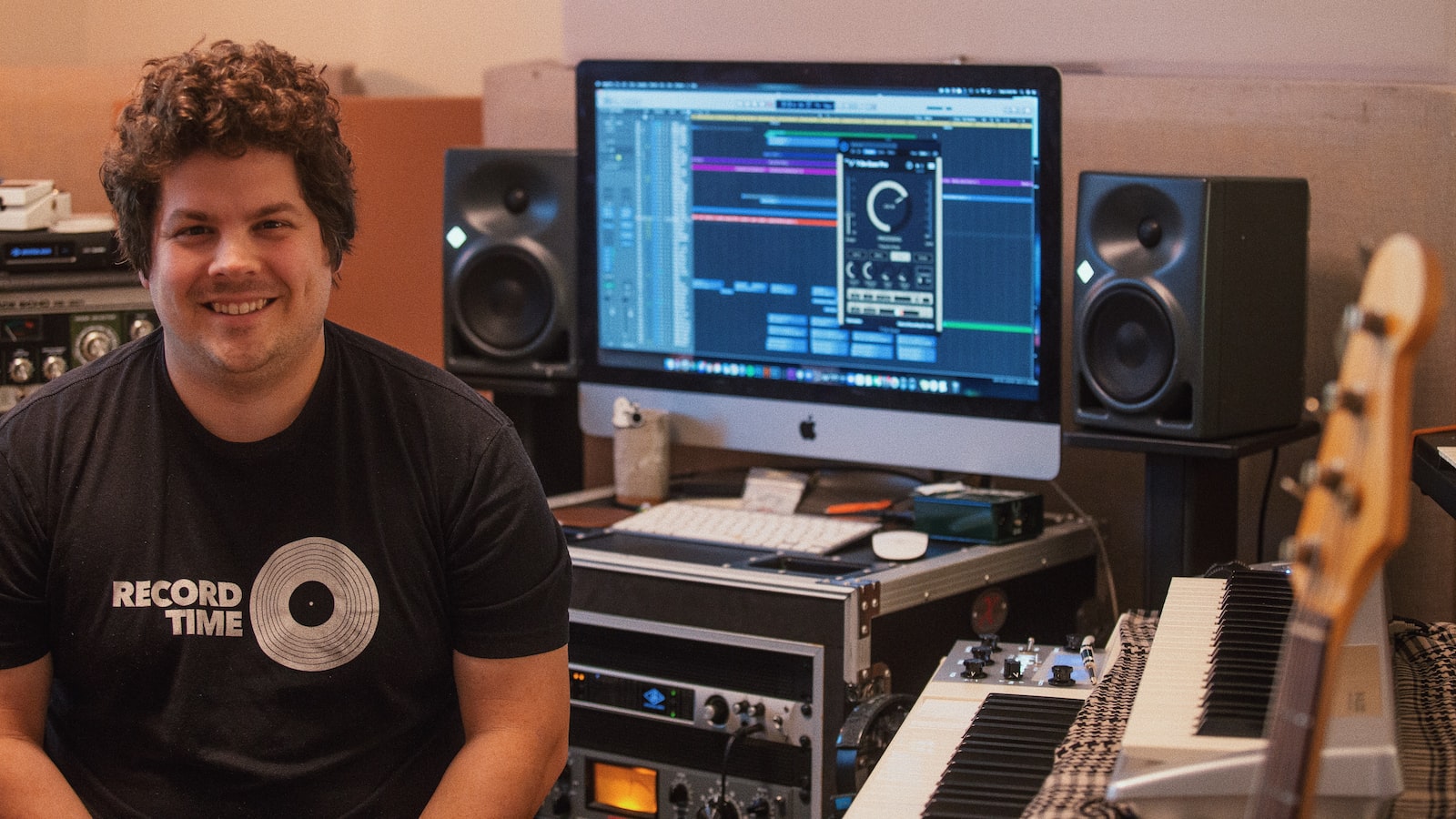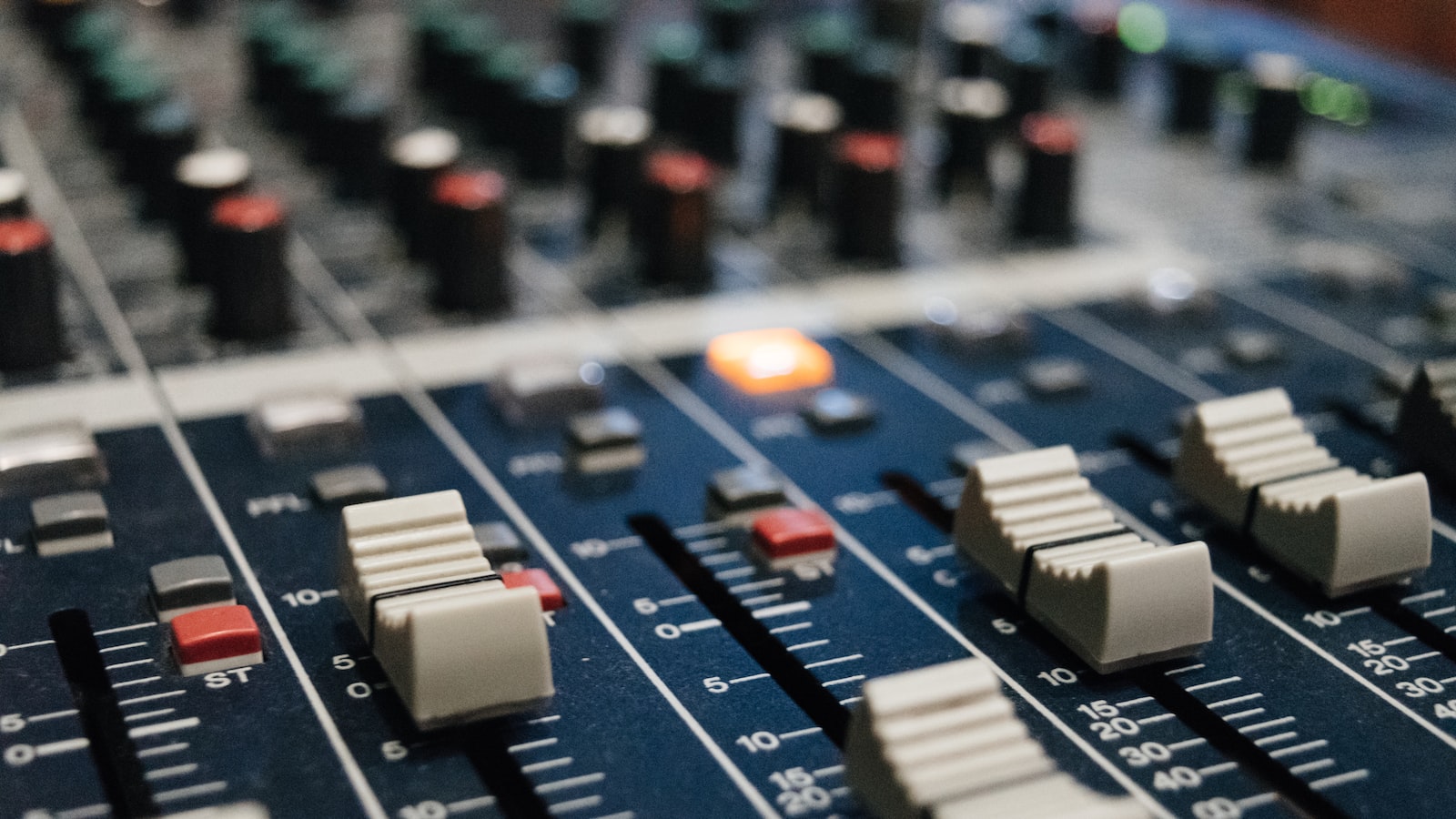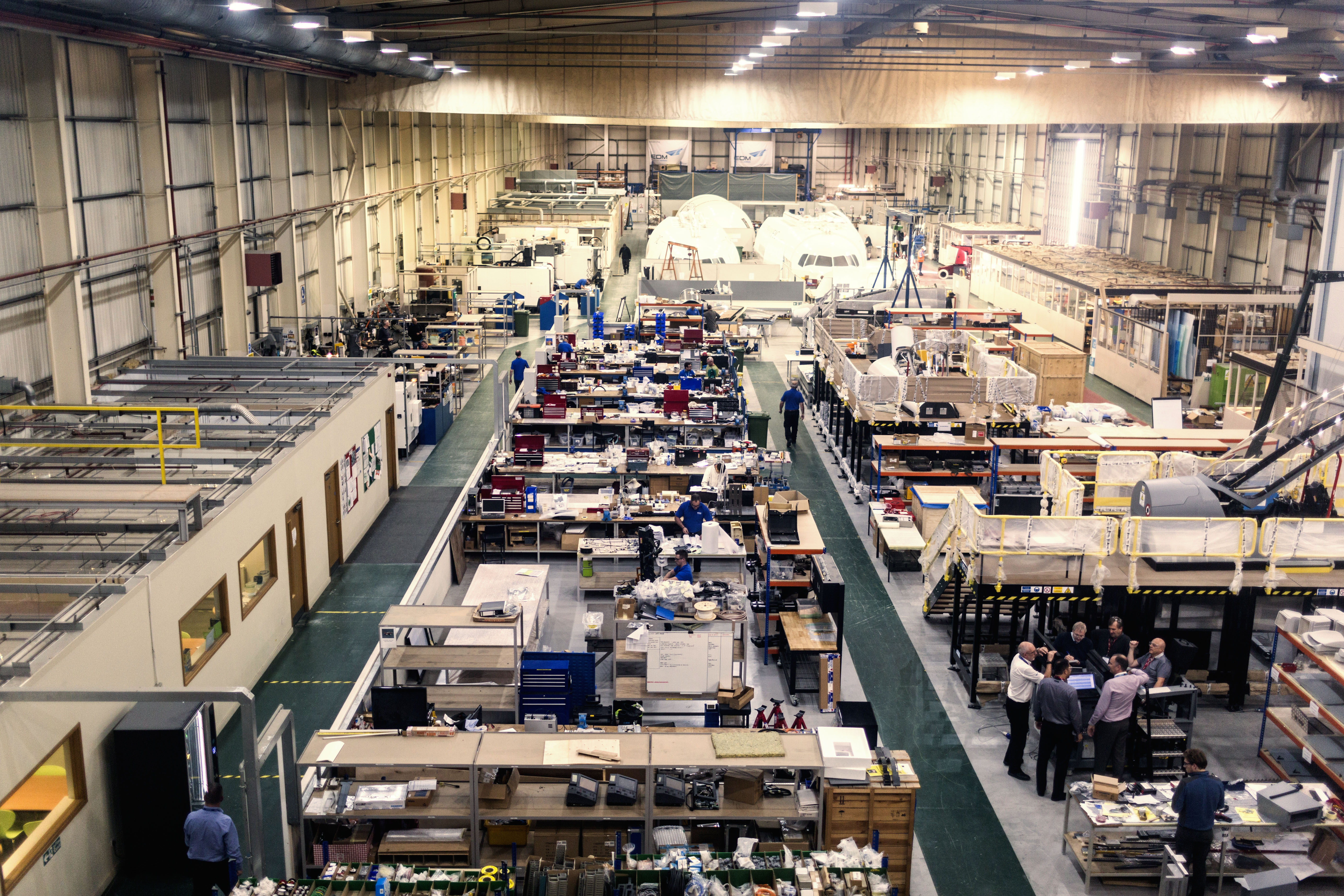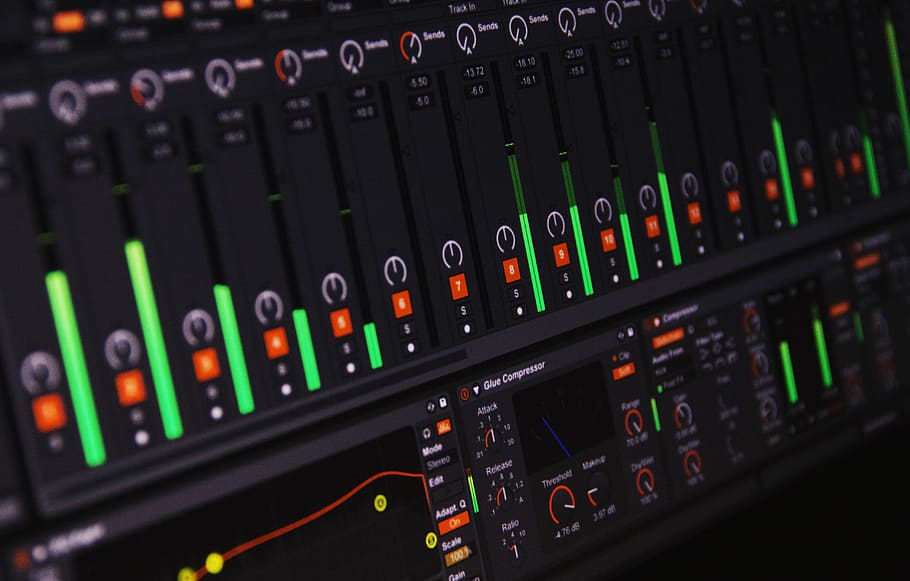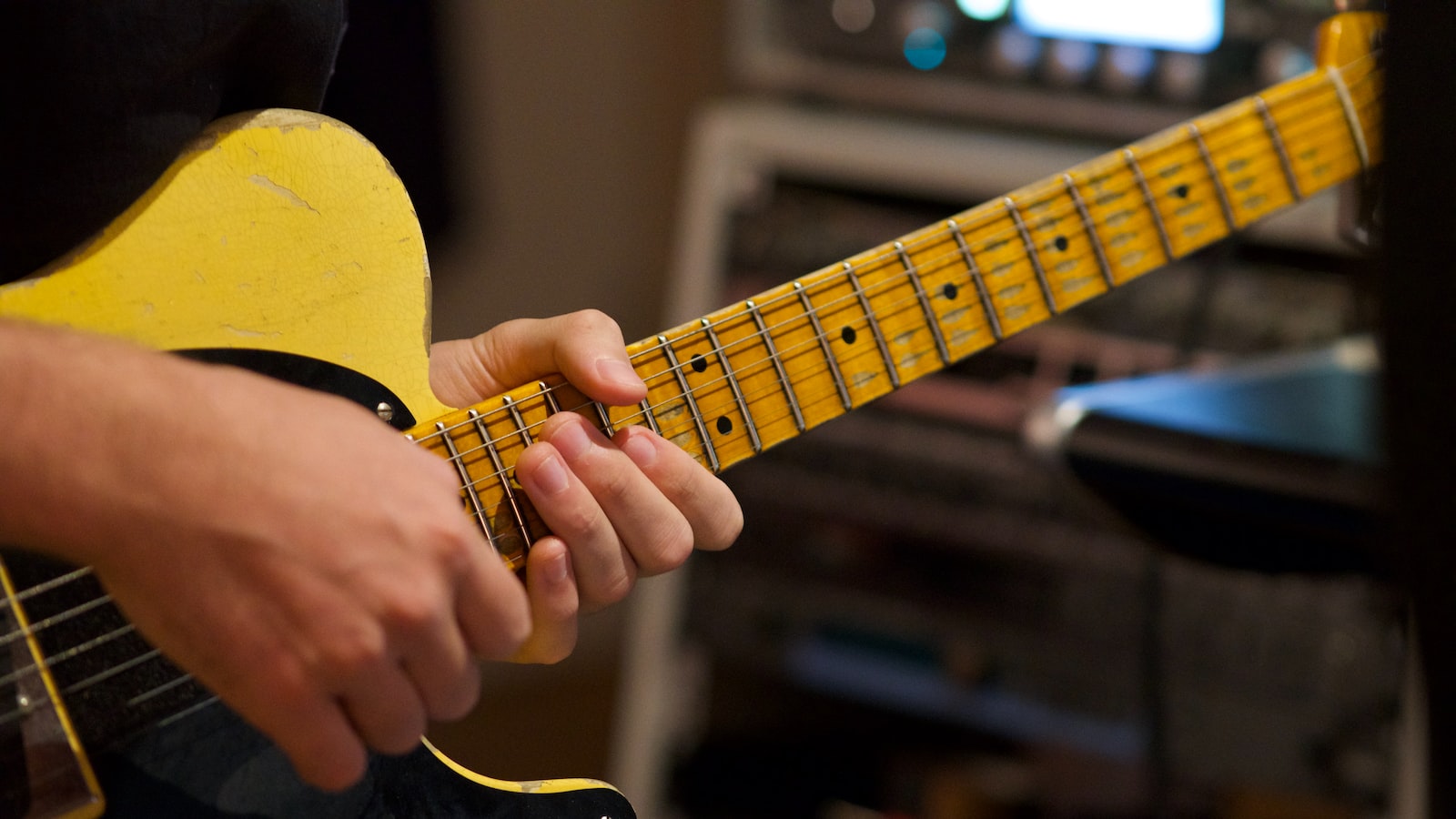
Essential Plugins for Every Producer
Every producer knows that the hardware and software they choose is the backbone of their craft. From loopers and signal processors to virtual instruments and drum machines, amazing tools for creating and crafting music exist. Then, of course, are the essential plugins – small, lightweight programs that take up barely any space but throw an incredible amount of production power at your fingertips. Looking for the best plugins to fully utilize your workflow? Read on for our list of essential plugins for every producer.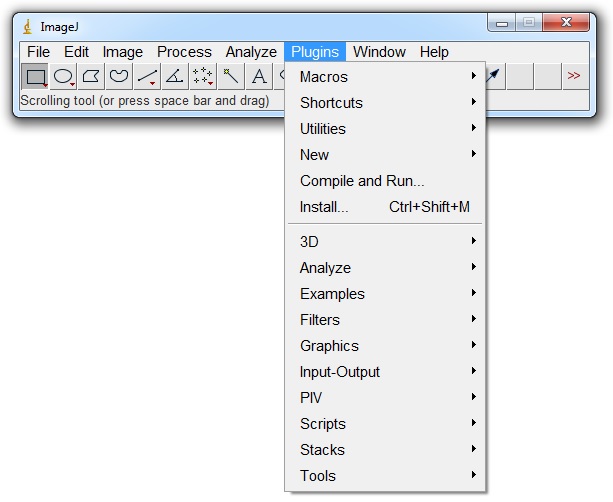
1. Crafting Professional Sounds with Essential Plugins
Plugins that Professionals Use
As a musician, you know that plugins can play an important role in crafting your sound. Professional musicians will use a wide variety of plugins to create the sound that they want for their projects. Essential plugins that a professional musician should include as part of their sonic toolkit include:
- Compressors – to control the dynamic range of their tracks.
- EQs - to shape the frequency content of their audio.
- Reverbs – to create space, distance, and environment.
- Delays – to create echos and rhythmic additions.
- Distortion – to add warmth, grit, and character.
These plugins are fundamental in creating sounds that have the power to move the listener. Each plugin can be quickly modified using the user interface, allowing you to adjust the settings to achieve the desired sound. Furthermore, you can stack multiple plugins on a single track to achieve complex sonic effects. With careful use of essential plugins, you can quickly craft the sound that you desire.
2. Analyzing the Best Plugins for Producers
Producing great music involves more than just talent; it also requires the technical know-how of the best plugins. With so many options to choose from, it can be difficult to determine which ones are the right fit for your project. To make things easier, here is a breakdown of the top plugins for producers.
- Virtual Instruments: Virtual instruments have come a long way in the last few years, giving producers access to a variety of high-quality sounds. Options like Omnisphere, Kontakt, and Massive X provide the best of both worlds: detailed control and an extensive library of sounds.
- Effects Plugins: Effects plugins are essential for shaping sound and adding character to a mix. Popular options like FabFilter Pro-Q and Reverb 101 offer an intuitive workflow and plenty of processing power, so producers can craft their sounds quickly and easily.
- Dynamic Processors: Dynamic processors provide the dynamics and punch that come with mixing and mastering a track. Plugins like the Cytomic The Drop provide simple controls and high-quality audio, for a truly professional sound.
The right plugin selection can be the difference between a mediocre mix and a professional production. By understanding the best plugins for producing, producers can be confident that their music will sound great.
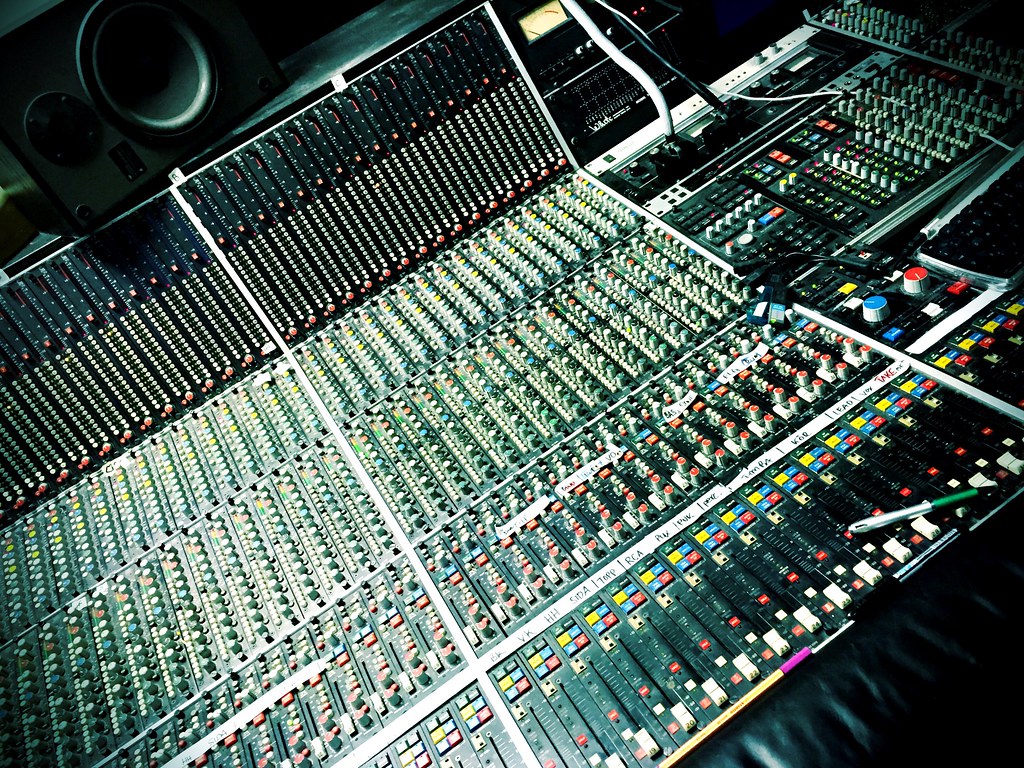
3. Exploring the Latest Hits in Music Production
Music production has evolved over the decades, creating hits that define a generation. Aspiring musicians have access to a vast range of recording technologies to craft their art and create something unique to express their point of view. Here we explore the latest trends in music production.
Latest Recording Technology Tools:
- Virtual Instruments: expanding the range of instrument sounds producers have to work with.
- DAW Software: computer-based software programs for performing everything during recording sessions.
- Mixing Boards: options for software and physical mixers for mixing down and mastering.
- Amp Simulators: High-quality digital pre amps that reproduce the sound of analog amplifiers.
Recent Music Production Trends:
- Hybrid Recordings: blending the warmth of analog recordings with digital tools.
- Synthwave: embracing the retro electronic sounds from 80s music.
- Experimental Sounds: venturing out with sound manipulation to produce something different.
- Granular Synthesis: sculpting unique sounds through small audio segments.

4. Suggested Plugins for Maximum Music Production Potential
With the right plugins, achieving maximum music production potential can be a breeze. Below is a list of some of our essential plugins for peak performance:
- Native Instruments Komplete 12
- Soundtoys Little Plate
- FabFilter Pro Q3
- iZotope Ozone 9
- Slate Digital VMS
These plugins are the bread and butter of successful music production. With Native Instruments Komplete 12, you get a wide range of sounds that can be used to create the perfect mix. Soundtoys Little Plate is a powerful plugin that adds depth and warmth to any track. FabFilter Pro Q3 makes it easy to finely tune every track for a professional sound, and with iZotope Ozone 9, you can globally control the mix with ease. Finally, Slate Digital VMS allows you to create the perfect drum sounds with its realistic sounding samples.
There you have it – the essential plugins for every producer. By selecting the appropriate plugins for your given project, you can accelerate your workflow and ultimately create higher-quality music. Take this list as a guide and explore each of them to find out how they can help you become a more efficient and productive producer.


